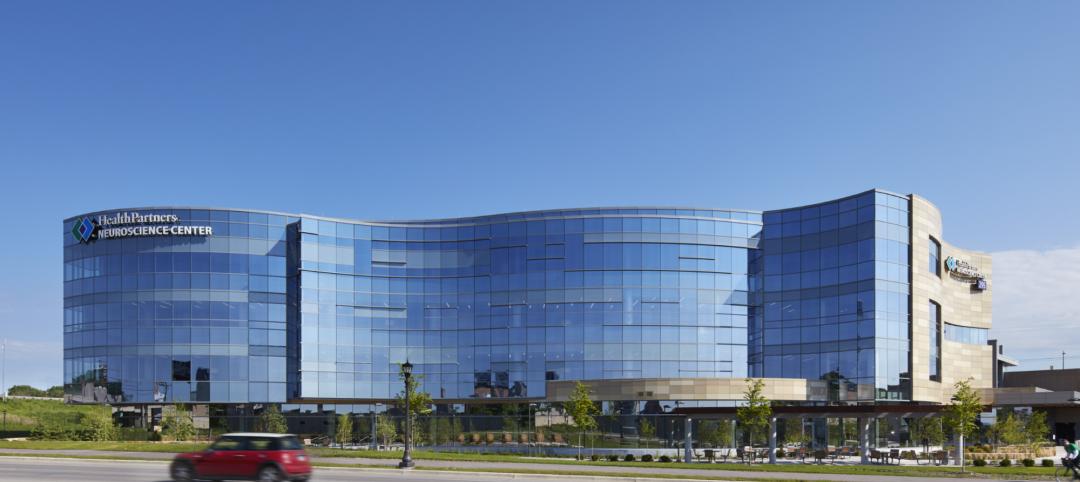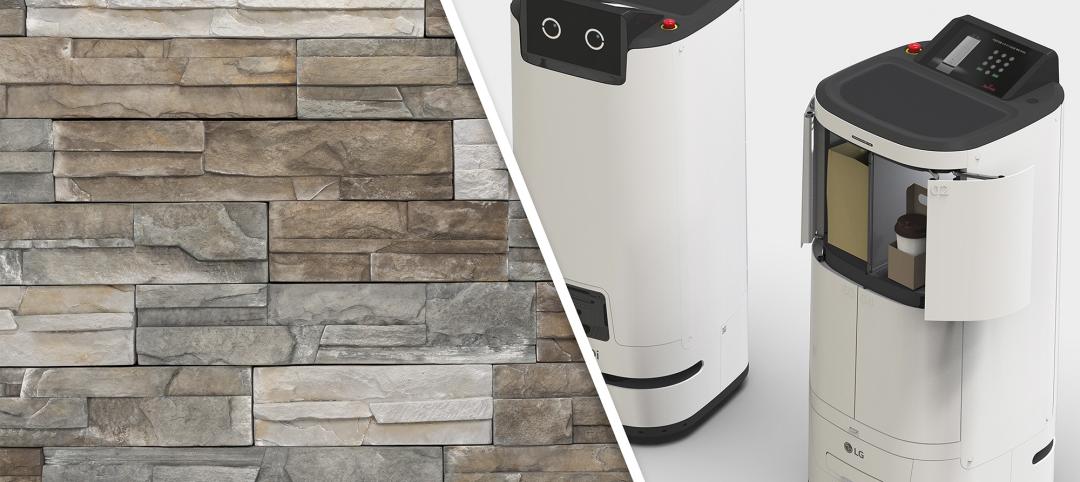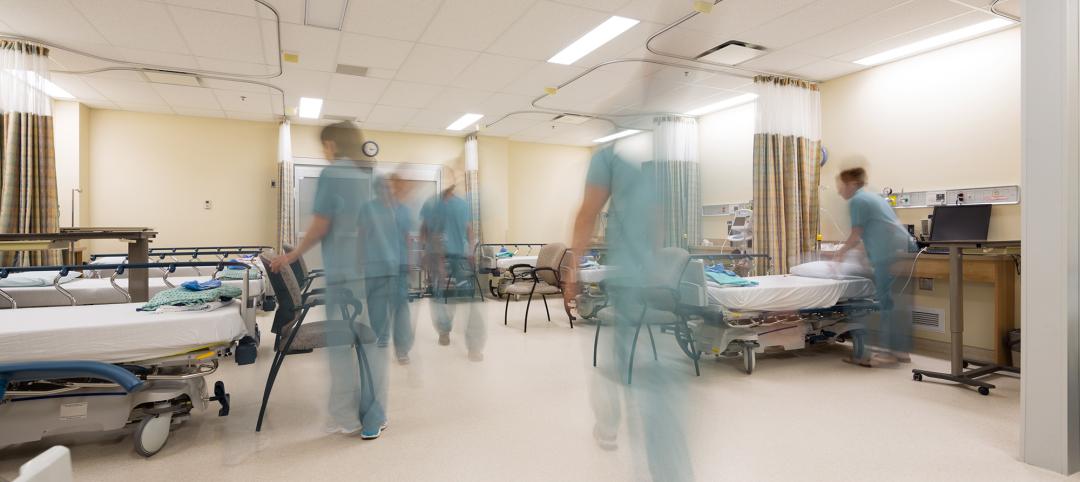There’s been a lot of talk over the past 20 years about evidence-based design. EBD is the idea that improvements to the design of buildings, particularly to their interior spaces—more daylight, improved air quality, better lighting—can have a positive effect on human health and performance.
The problem with EBD is that it’s very hard to conduct truly rigorous scientific studies on humans. Was it the improved lighting that enabled students to boost their test scores, or was it better airflow in the classroom? Did that hospital patient heal more quickly because she had a window with a view to the outside, or was she just a fast healer? Too many variables, not enough controls, so it’s anybody’s guess how much, if anything, the design contributed to the outcome.
The Mayo Clinic and Delos, the developer of the Well Building Standard, have teamed up to bridge this information gap. They have built a 7,500-sf laboratory at Mayo’s Rochester, Minn., campus, where researchers will perform sophisticated, reproducible (that’s important) scientific studies on design’s impact on human health and performance. The goal, according to Delos COO Peter Scialla, is to expand the concept of environmental sustainability to embrace what he calls “biological sustainability.”
The Well Living Lab, designed by Centerbrook Architects & Planners (with Knutson Construction as CM), has six experimental modules that can be formed into a variety of indoor spaces: an open-plan or closed office floor, a kitchen, a hotel or hospital room, a classroom, etc. The walls, floors, ceilings, fixtures, and plumbing—yes, even the plumbing—can be completely reconfigured.

 The Well Living Lab has six experimental modules that can be formed into a variety of indoor spaces, including an office, kitchen, and hotel room.
The Well Living Lab has six experimental modules that can be formed into a variety of indoor spaces, including an office, kitchen, and hotel room.
The modules, as well as the furniture, casework, and finishings, are loaded with sensors so that test subjects’ responses can be captured without having to attach wire leads to them. For example, bed sensors will determine a person’s lying-down position and how much pressure is being exerted on specific body parts—information that one day could lead to ways to relieve bed sores in long-term hospital patients, or just give weary hotel guests a better night’s sleep.
In certain studies participants will wear sensor-enabled wristbands or clothing to gauge heart rate, galvanic skin response, motion, skin and near-body temperature, respiration, and physical posture.
Sensors embedded in walls, ceilings, appliances, and fabrics will measure factors like sound, street noise, room temperature, humidity, air particulates, and light (including spectral power density). High-definition cameras will zoom in on test subjects to record facial expressions and gestures.
Research experiments will test the effect of single or multiple variables, such as air quality, supplied lighting, and daylighting, on subjects’ stress, fitness, nutrition, eating habits, performance in cognitive and physical skills, and sleep. Further down the line, building product manufacturers may be able to use the lab to test the efficacy of their products on human health. All this activity will be managed and documented from a high-tech control room.
The Well Living Lab is an important breakthrough in environmental design. If it lives up to even a fraction of its promise, it could provide designers of hospitals, outpatient medical facilities, schools, university classrooms, hotels, and office spaces with scientifically valid data to produce designs that really do contribute to human health and performance. Real science, not wishful thinking.
Experiments are scheduled to begin in the next couple of months, once the Well Living Lab has completed its break-in period.
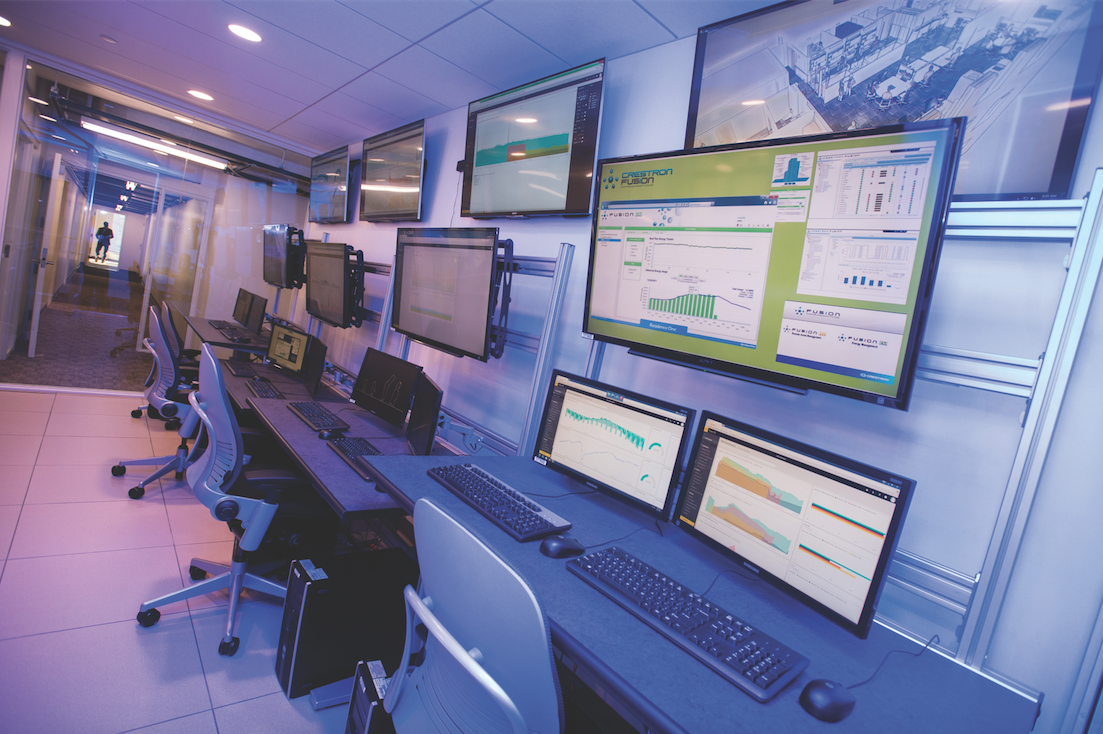 Central control room
Central control room
 Sensors embedded in walls, ceilings, appliances, and fabrics measure factors like sound, street noise, room temperature, humidity, air particulates, and light.
Sensors embedded in walls, ceilings, appliances, and fabrics measure factors like sound, street noise, room temperature, humidity, air particulates, and light.
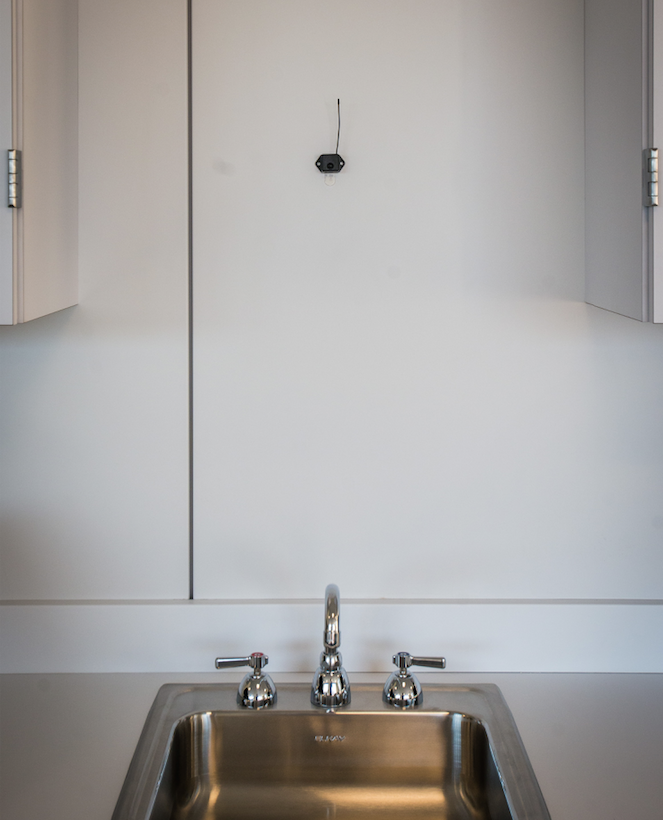
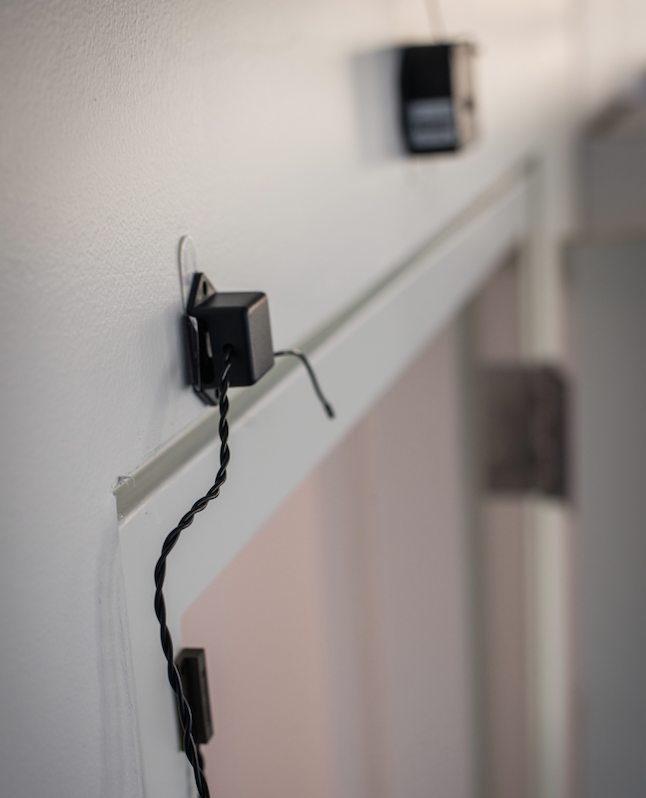
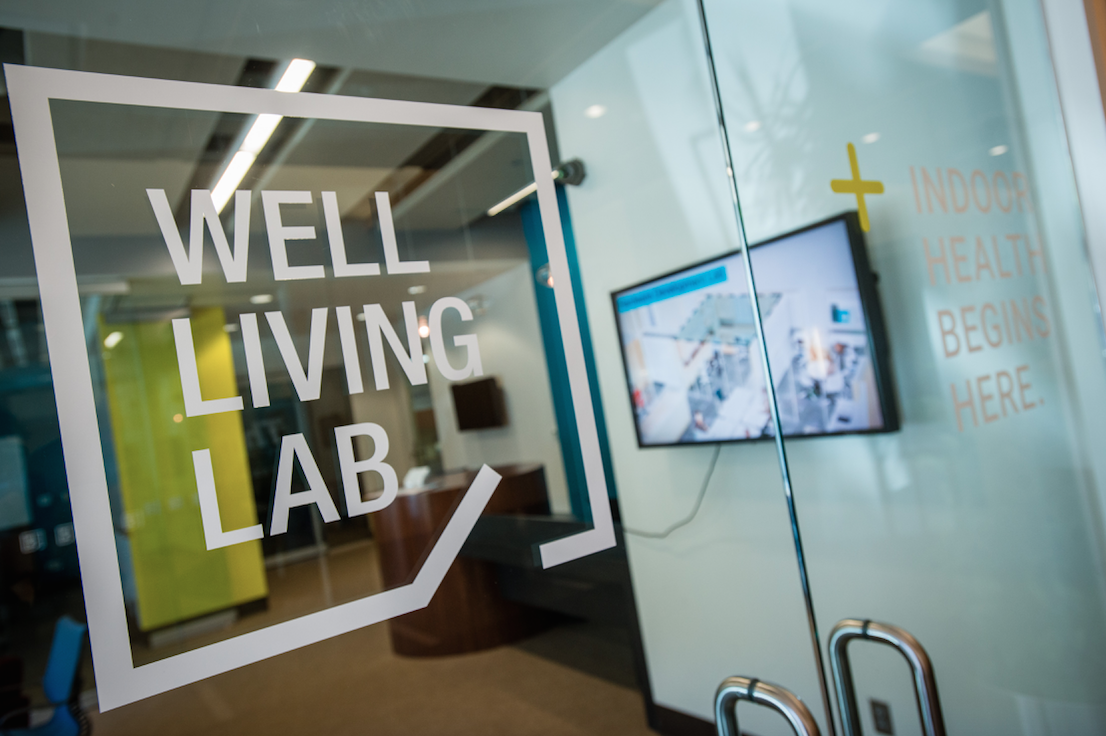
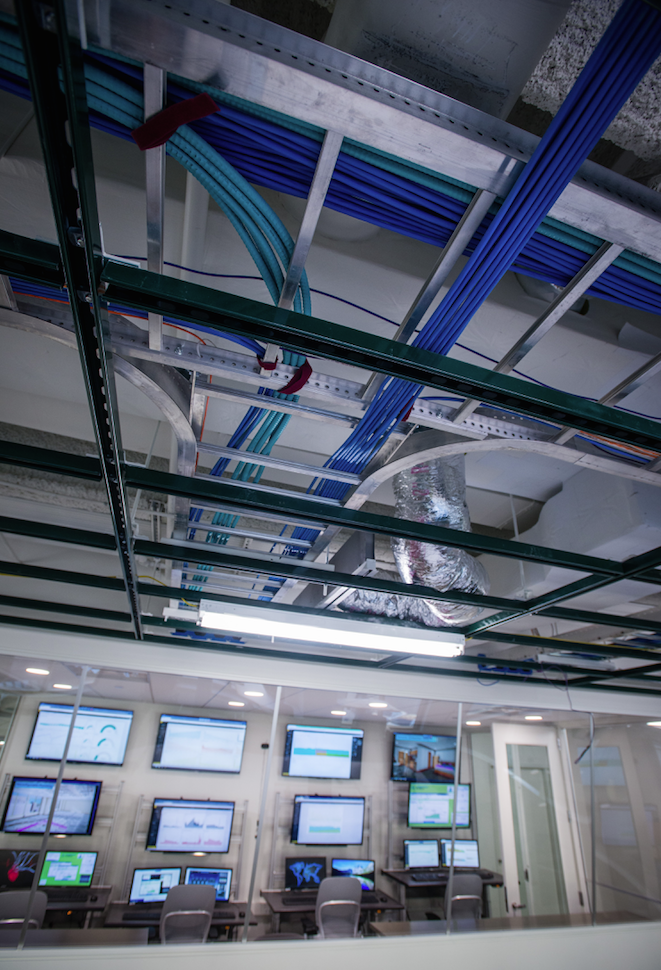
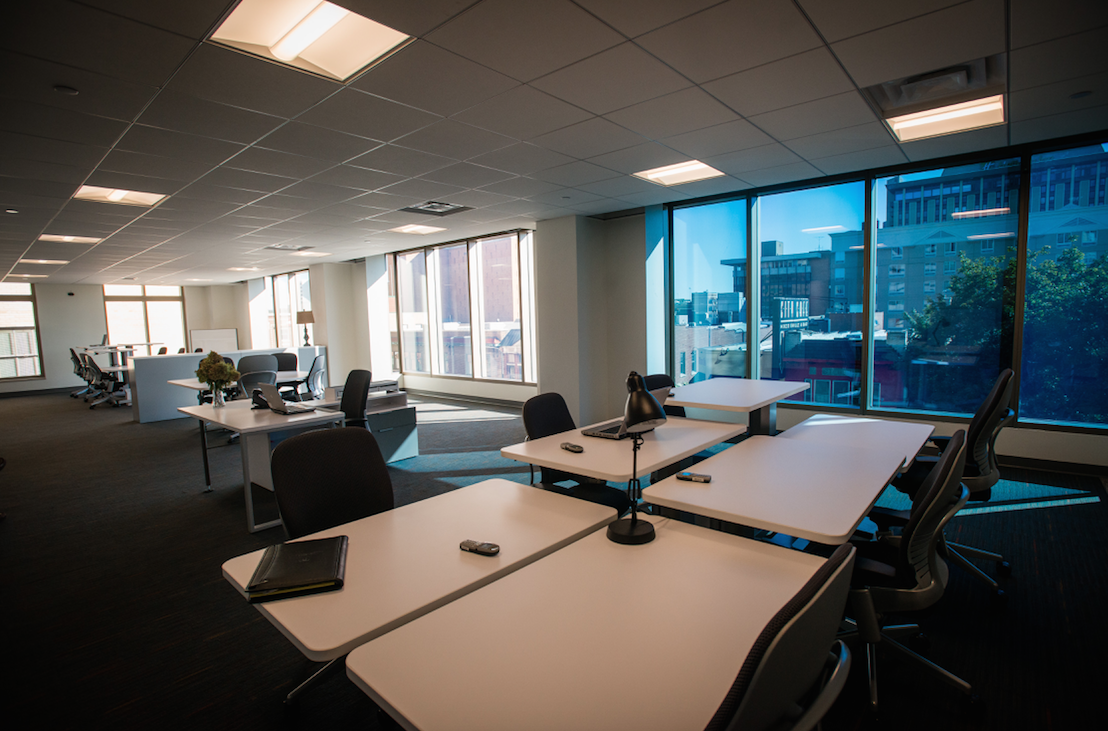

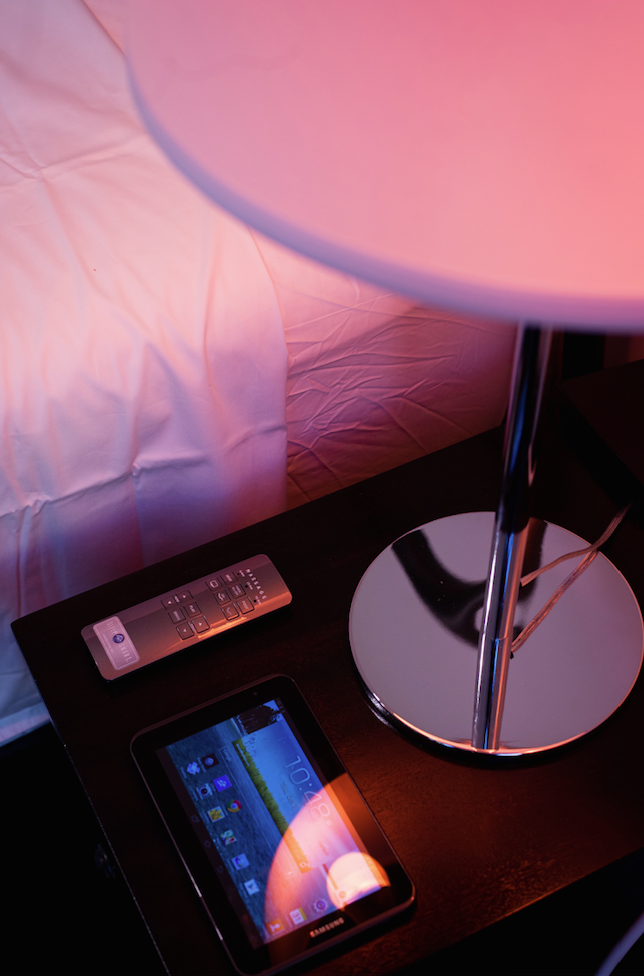
Related Stories
Hospital Design Trends | Sep 26, 2024
Hospital benchmarking survey shows sharp rise in hospital energy costs
Grumman|Butkus Associates, a firm of energy efficiency consultants and sustainable design engineers, recently released the results of its 2023 Hospital Energy and Water Benchmarking Survey, focusing on healthcare facilities’ resource usage trends and costs for calendar years 2021 and 2022.
Healthcare Facilities | Sep 19, 2024
New El Paso VA healthcare center includes 47 departments, brain and spinal cord injury treatment services
A new 492,000 sf Veterans Administration ambulatory care facility on the William Beaumont Army Medical Center campus near El Paso, Texas will include 47 medical departments and provide brain and spinal cord injury treatment services. A design-build team of Clark Construction, SmithGroup, and HKS is spearheading the project that recently broke ground with anticipated completion in 2028.
Healthcare Facilities | Sep 9, 2024
Exploring the cutting edge of neuroscience facility design
BWBR Communications Specialist Amanda Fisher shares the unique considerations and challenges of designing neuroscience facilities.
Curtain Wall | Aug 15, 2024
7 steps to investigating curtain wall leaks
It is common for significant curtain wall leakage to involve multiple variables. Therefore, a comprehensive multi-faceted investigation is required to determine the origin of leakage, according to building enclosure consultants Richard Aeck and John A. Rudisill with Rimkus.
Sponsored | Healthcare Facilities | Aug 8, 2024
U.S. healthcare building sector trends and innovations for 2024-2025
As new medicines, treatment regimens, and clinical protocols radically alter the medical world, facilities and building environments in which they take form are similarly evolving rapidly. Innovations and trends related to products, materials, assemblies, and building systems for the U.S. healthcare building sector have opened new avenues for better care delivery. Discussions with leading healthcare architecture, engineering, and construction (AEC) firms and owners-operators offer insights into some of the most promising directions. This course is worth 1.0 AIA/HSW learning unit.
Products and Materials | Jul 31, 2024
Top building products for July 2024
BD+C Editors break down July's top 15 building products, from Façades by Design to Schweiss Doors's Strap Latch bifold door.
Smart Buildings | Jul 25, 2024
A Swiss startup devises an intelligent photovoltaic façade that tracks and moves with the sun
Zurich Soft Robotics says Solskin can reduce building energy consumption by up to 80% while producing up to 40% more electricity than comparable façade systems.
Great Solutions | Jul 23, 2024
41 Great Solutions for architects, engineers, and contractors
AI ChatBots, ambient computing, floating MRIs, low-carbon cement, sunshine on demand, next-generation top-down construction. These and 35 other innovations make up our 2024 Great Solutions Report, which highlights fresh ideas and innovations from leading architecture, engineering, and construction firms.
Healthcare Facilities | Jul 22, 2024
5 healthcare building sector trends for 2024-2025
Interactive patient care systems and trauma-informed design are among two emerging trends in the U.S. healthcare building sector, according to BD+C's 2024 Healthcare Annual Report (free download; short registration required).
Healthcare Facilities | Jul 18, 2024
Why decarbonizing hospitals smartly is better than electrification for healthcare design
Driven by new laws, regulations, tariffs, ESG goals, and thought leaders in the industry itself, healthcare institutions are embracing decarbonization to meet 2050 goals for emissions reductions.





